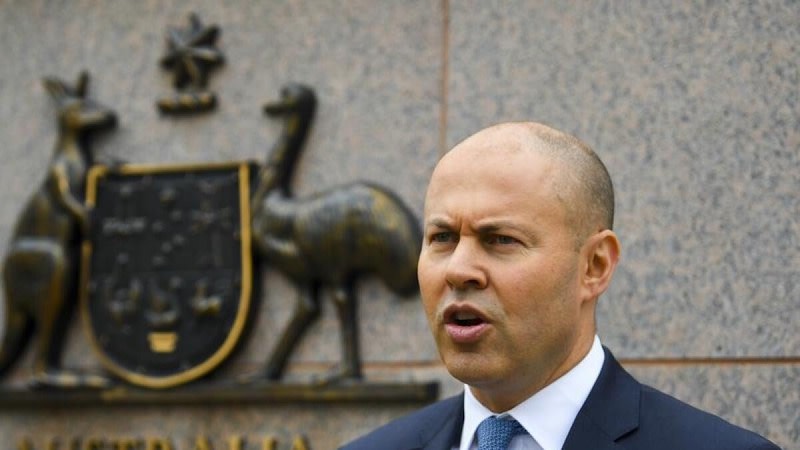Resources
Newsletter
Stay up to date and with the latest news, projects, deals and features.
Subscribe
Property industry groups say the federal budget handed down yesterday has missed opportunities to support the economy and help solve key issues including housing affordability.
The budget contained three initiatives focused on housing—the First Home Guarantee, the Family Home Guarantee and the new Regional Home Guarantee.
The First Home Guarantee will have an additional 35,000 places for first home buyers to access a government-underwritten home loan with a 5 per cent deposit.
The Family Home Guarantee will have 5000 additional places for single parents to purchase homes via government-underwritten loans with 2 per cent deposits.
The new Regional Home Guarantee will offer 10,000 guarantees for people who have not owned a home for five years to buy new property outside major cities with a 5 per cent deposit.
This effectively doubles the Home Guarantee Scheme’s offerings from 20,000 to 50,000 places per year at a cost of $8.6 million.
But the Real Estate Institute of Queensland chief executive Antonia Mercorella says it will not be enough.
“While expanding the Home Guarantee Scheme is a good start and definitely a step in the right direction, it must be acknowledged that 50,000 places is not nearly enough to meet national demand,” Mercorella said.

“Considering there were nearly 17,000 first home buyer loans in Queensland alone in the year to January 2022, and 36,000 first home buyer loans in Queensland alone last financial year, you can see how 35,000 places nationally is not going to make much of a dent on demand.”
Mercorella is also concerned about the Regional Home Guarantee.
“While the REIQ welcomes the new Regional Home Guarantee, with 10,000 places per year for migrants and anyone who has not owned a property for five years—it’s disappointing to see that this initiative is restricted to either building or buying a newly built home,” Mercorella said.
“It fails to recognise the entry barriers for many first home buyers, particularly for young families for whom new construction isn’t an affordable or practical option over established housing options.
“To have the desired impact, this initiative needs to be extended to established housing.”
Mercorella said that the policy needed to consider how the housing market was changing across different states.
“When it comes to accessing the Regional Home Guarantee, Queensland is at a disadvantage due to our larger decentralised population,” she said.
“With a significant portion of our population living outside of our capital city, and high interstate migration to Queensland’s regions, 10,000 places is simply too low for Queensland.”
Strata Community Association president Chris Duggan said that the government had missed a chance to help strata building residents live more sustainably.
“This budget has missed an opportunity to leverage the strata industry’s untapped potential to turbocharge long-term, meaningful gains towards net zero, sustainability, cost of living and housing affordability issues,” Duggan said.
“The 20 per cent of Australians living in strata buildings such apartments and townhouses are crying out for targeted, specific funding and programs that accelerate their awesome capacity to deliver lower emissions, better waste management, more sustainable living and dwellings that are attractive and affordable to all Australians.”

The strata sector is valued at $1.3 trillion and generates $6.7 billion in annual economic revenue directly and indirectly employing approximately 10,000 people.
Knight Frank Australia chief economist Ben Burston said raising the National Housing Finance and Investment Corporation’s liability cap was a good move but that the budget did miss a chance to look at the new build-to-rent sector.
“The budget is a missed opportunity to review the taxation treatment of the nascent build-to-rent sector to ensure that policy settings do not impede the flow of institutional capital ready to be deployed to help alleviate supply pressures in coming years,” Burston said.
Engineers Australia made several recommendations to the federal government including a request for additional funding for key infrastructure projects.
The budget includes $17.9 billion in additional funding, bringing the total pipeline to about $120 billion over the next decade.
But Engineers Australia is concerned that there is no effort to center Australian businesses in order to develop capacity and to allow local industries to thrive and develop.
The group also said that investing $12 billion in vocational education and trade skills alone was not enough when the same projects needing apprentices and tradies also needed engineers before receiving approval.
The group had previously recommended that the federal government invest in skills training to fill the engineering skills gap at the tertiary level.
Engineers Australia also said the lack of any structural reform or investment on climate change stating that the sector needed initiatives and funding to help Australia reach its 2050 net-zero commitment.